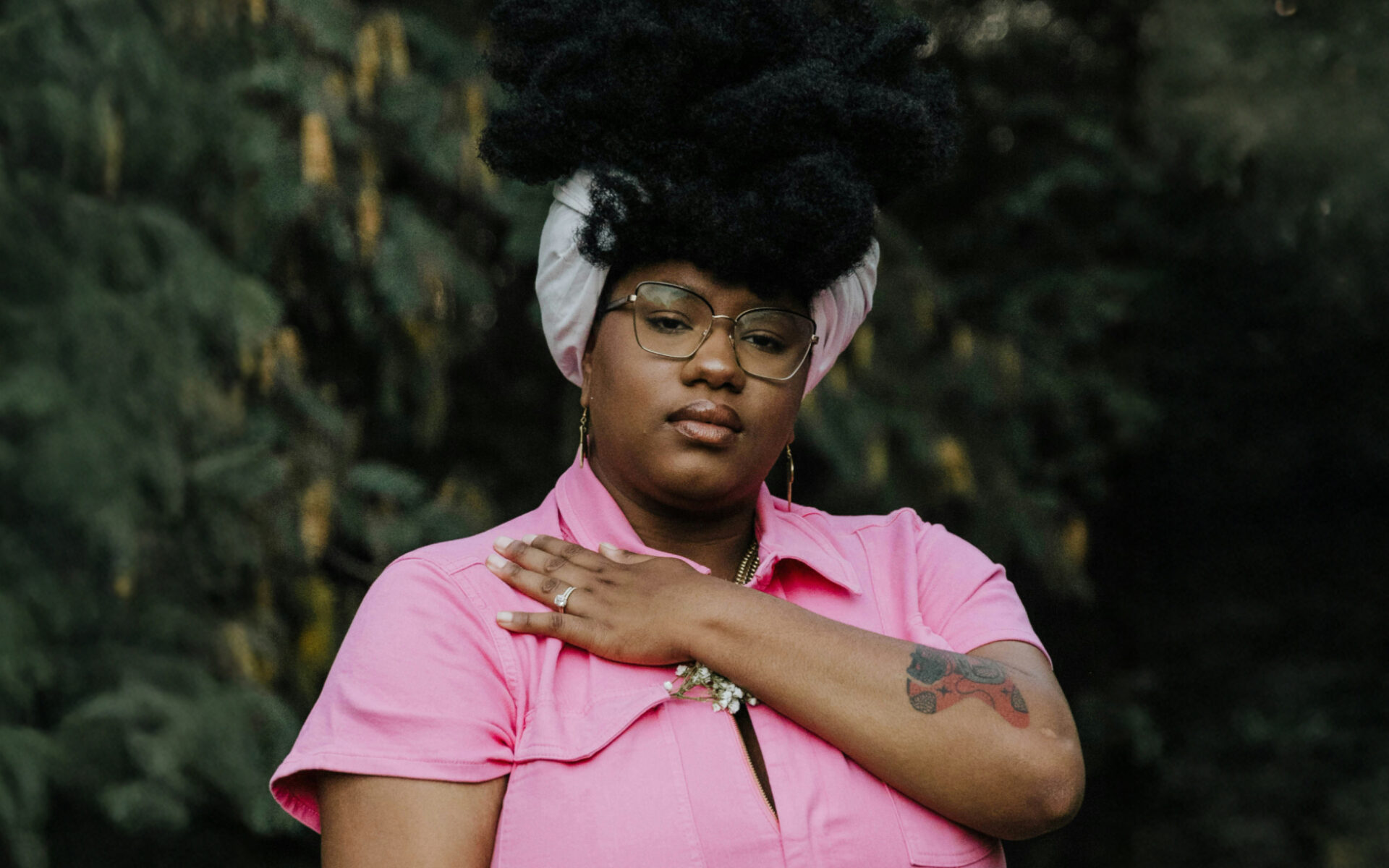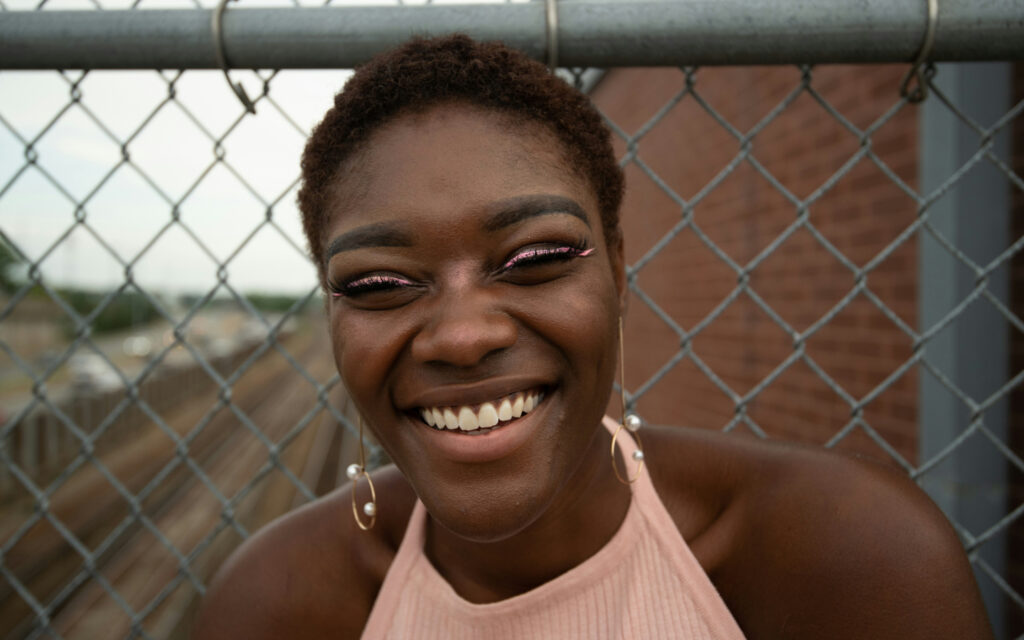From sensory storytelling to hype-worthy drops, beauty brands have turned social media into a cultural engine—and any industry can steal their strategies.
Beauty brands aren’t just posting on social — they’re pioneering. To see what’s next in social for brands, look to the many innovators in the category. They’ve turned social media into immersive narratives, sensory playgrounds, cultural zeitgeist, and commerce engines that every industry should study (and steal). By blending culture, creativity, and commerce, beauty brands are setting a standard every industry should study. The good news? When you look closely at what makes these brands great, they are applying principles that can elevate any brand’s social presence, regardless of industry. Let’s break down the beauty social playbook that every brand should steal.
Make Content a Multi-Sensory Experience
When brands tap into the senses, they are engaging parts of the brain tied to nostalgia, comfort, and pleasure. Right now, no one is doing sensory content better than beauty brands. In today’s world, where consumers are discovering and buying new beauty products digitally, brands are finding creative ways to activate all five senses through your screen (and even bringing those sensory experiences to life in the real world). The best part? There’s more than one way to do it:
- Laneige leads with food-inspired activations—like Cream Skin Cafés, collabs with Sidecar Doughnuts and Boba Guys, and flavor-forward lip masks—that bring the product to life through taste and texture.
- Rare Beauty’s Tajín collab turned a lip oil launch into a full sensory experience, blending bold color with the tangy, spicy flavor that fans could literally taste. It wasn’t just a launch; it was a cultural crossover moment that lit up TikTok and drove sellouts.
- Rhode has long used sensory and food-based marketing as an always-on social strategy. From a Krispy Kreme strawberry glazed donut collab and serving up product content alongside craveworthy food to close-up texture shots and soothing sound design, you can practically feel and smell the product through the screen.
By tapping into smell, taste, texture, even sound, brands are able to both tell consumers exactly what to expect from their products and deepen emotional connection by triggering memories and feelings that make the brand experience stick.
Master the Art of “The Drop”
Scarcity, hype, surprise. Product drops aren’t new, but beauty brands are staging them with finesse. Product launches used to be press releases and shelf resets. Now, they’re drops that have consumers setting reminder notifications and waiting in virtual lines. Beauty brands have mastered the art of anticipation: countdown clocks, creator previews, drip-fed teasers, and early-access exclusives that drive urgency and FOMO. Scarcity and urgency turn the simple act of buying into a shared social ritual.
- Take Rhode’s limited-edition launches: they tease with cryptic campaign imagery, build waitlists, let creators and influencers preview shades, and then drop product with a “be quick or you’ll miss it” urgency. Every step fuels conversation and user-generated content, leading to sellouts within hours and comments from customers begging for restocks.
- Fenty Beauty set the standard with its foundation shade expansions—positioning each as a cultural reset moment that demanded coverage beyond beauty press.
- Glossier has mastered the art of the drop with a constant pipeline of surprise drops (like Balm Dotcom flavors) to mobilize superfans and create micro-frenzy. They build up hype as consumers guess what’s coming next and even extend the hype IRL as they use activations to continue to drive social conversation and content.
- Even drugstore brands are catching on: e.l.f. Cosmetics’ limited-edition collabs (like the Chipotle or Dunkin’ partnerships) are hyped on social as collectors items, with fans racing to Target before stock disappears.
Other industries should take notes: drops can turn what would have been a quiet launch into a buzzy, high-stakes, social-first cultural moment that lives far beyond the release day.
Turn Creators (and Fans) into Co-Authors
Collaboration is no longer a marketing stunt–it’s a growth strategy. Beauty brands have moved past simply activating the standard “beauty influencer playbook.” Beauty brands are pulling in unexpected partners and letting creators co-author the story. They’re inviting creators into the room, handing them the mic, and letting authenticity lead. Beauty brands are bringing this strategy all the way down to their community of fans where passion matters more than follower count. As 65% of young consumers prefer recommendations from small creators, brands are seeing the highest return from partnering with people already immersed in communities or fans of the brand–offering higher authenticity and trust (YPulse, Glossy).
- Refy has shifted from a traditional influencer approach to empowering their customers to become influencers. From featuring 1,000 faces of their customers in a concealer campaign and trading in “influencer trips” for intimate retreats for customers, they have turned their customers into active participants in the brand.
- Many beauty brands are stepping into more unexpected collabs and partnerships outside of traditional beauty influencers. Where are they going? Women’s sports. e.l.f. inked a sponsorship with the NWSL and several female athletes from other sports. They even had a group of creators run and chronicle the London Marathon in their setting spray. In the WNBA, Urban Decay partnered with the LA Sparks and Cameron Brink, and nail polish brand Essie gave the New York Liberty’s mascot Ellie the Elephant her first beauty sponsorship.
- Social has become a powerful tool for beauty brands to listen to their customers, iterate on products, and develop new ones. Brands like Merit actively rely on their communities on product development–even inviting hundreds of users of social to participate in tests for their new moisturizer. Glossier regularly brings back or launches new products based on fan requests.
Fan collaboration and creator partnerships extend the brand beyond the product, into lifestyle and identity. They spark new conversations, invite fans into the creative process, and earn trust by letting real voices lead.
Expect to see deeper co-creation, where creators are not just part of the marketing, they’re in the briefing room. Think limited-edition products designed with creator input, “drop squads” made up of top fans who preview and promote launches, and community voting that decides which collabs make it to market.
Entertain, then Educate
Beauty and skincare consumers are more discerning, selective, and knowledgeable than ever. They don’t want to just know what a product is and does, but what is in the products they are using, how they work, and more about the brand they are buying them from. 58% of young women (13-39-years-old) agree, “I pay attention to the ingredients in the beauty/personal care products I buy.” At the same time 58% of women 18-24 say the reason they wear makeup is “for fun” (YPulse). This is why blending entertainment with education wins big for beauty brands on social.
- Tower28 Beauty created a sketch comedy show “The Blush Lives of Sensitive Girls” where each episode highlights a unique selling point of the brand’s new GetSet Blush in a way that is truly entertainment first.
- Skincare brand Byoma breaks down complex science into fun, accessible content for Instagram, that keeps education light and easy to digest.
- Mary Kay taught a younger audience about their brand, debunking common misconceptions with a fun and sassy brand character.
Education packaged as entertainment keeps people watching and wanting more. The payoff? A more informed, more confident customer who’s ready to click ‘buy.’ What’s next for edutainment isn’t just more tutorials, but a continued reimagining of how people learn about products.
The Blueprint Is Bigger than Beauty
Beauty brands aren’t just “good at social.” They’ve created a blueprint for blending culture, commerce, and creativity into content that drives conversation and conversion.
For any industry the playbook is there: create sensory experiences, treat launches like drops, co-author culture with creators and fans, and deliver value through entertaining education.
The future of social is about creating moments that matter. Brands that borrow from beauty’s playbook will stop being an interruption in the feed and start becoming part of social culture.




